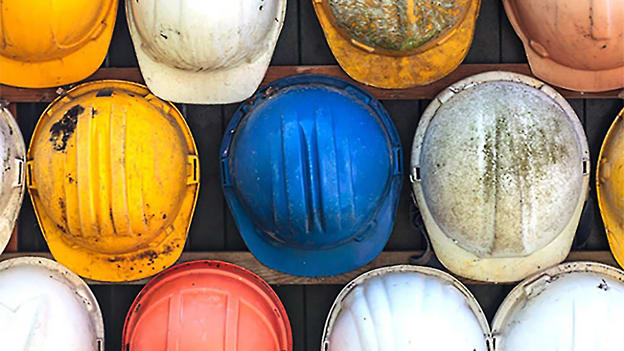The critical role of HR in ensuring workplace safety

Six employees of an electronic goods factory were burnt to death after a fire engulfed a five-storey building in the National Capital Region on April 18, 2017. The tragedy, triggered by a short circuit, also claimed the life of a company director.
The building, which lacked basic fire safety measures such as sprinklers, became a death trap. Incidents like this are a stark reminder that organisations must urgently reassess their safety preparedness. Providing a safe work environment is not just a legal obligation but a moral one, and it requires a culture where safety is deeply embedded across all levels of the organisation.
HR leaders play a crucial role in driving this change.
Here are the Top 5 Safety Roles that HR, in collaboration with safety teams, must embrace to create a workplace where safety is a shared responsibility.
1. Job Safety Analysis (JSA)
A comprehensive and thorough examination of the worksite to identify hazards is done through JSA. Post identifying the hazards, appropriate controls must be put in place as a preventive measure in an attempt to eliminate or limit employee exposure to those hazards. Reviewing new and updated safety rules and regulations is important. Doing so increases the overall safety in the workplace.
Many organisations have a Safety Committee which conducts surprise audits diligently. Employees are trained to report unsafe conditions to the committee and provide input for the JSA process. The committee members are obligated to ensure employees have a safe working environment.
2. Alignment between HR and Safety department
The safety and HR departments do not necessarily need to work together, but failure to do so may come at a huge cost. Historically, many safety departments have grown out of HR. Safety, HR and management need to work together to identify and eliminate any probable safety issues which may arise in the company.
HR Managers are now stepping into a safety leadership role by inspiring their employees to make behaviour changes to help them make better decisions for their own safety while on the job.
3. Just a Policy may not help
Who’s going to do the hazard inspection? Who’s going to know if the guy actually learned it? The responsible HR representative along with the safety function needs to address these pertinent questions.
A good health and safety policy can protect an organisation from the cost of lost time, litigation, fines, and the possible loss of reputation and client contracts. However, a policy on its own will not revolutionise your practices. In order to be effective, employees must be trained. This is where HR and HSE managers must work together. They must ensure employees or workers are receiving appropriate training and following that training regularly. Mock drills need to be planned and religiously conducted by taking into account each and every employee of the organisation rather than just adding it on paper for compliance.
4. Develop a culture of safety
Be aware of your surroundings. The foundation of any successful workplace safety effort is one that encourages employees to identify unsafe behaviours and opportunities for improvement while also making well-informed safety decisions during daily routine tasks.
HR must collaboratively create videos on personal protection while on the job, (power tool safety, respirator training videos, etc) to help provide employees with better knowledge of how to use these items in a safer manner to prevent injury. Safety Slogans, Safety competitions and various camps must be organised in order to cultivate a culture in which every employee participates in the well-being of all around.
5. Investment in Safety Training
HR person often wears the safety hat in smaller organisations where there is no distinct Health, safety and Environment (HSE) department in place. HR really doesn’t get sufficient training or assistance in this area as this is not considered to be a critical part of their KRA. So they’re kind of left to their own.
The Leaders and the management need to understand the crucial need for training HR and employees on safety issues. In fact, HR too need to make safety training mandatory as part of the new hire onboarding process. And if the job requires practical skills, sitting in a classroom for a day is probably not going to stimulate the audience. One must provide mandatory refresher courses on safety issues from time to time which must not be just restricted to theoretical lessons.
Conclusion
Investing in safety pays off in the long run. Every business should prioritise understanding the workplace safety challenges they might face. When HR and safety managers work proactively, they ensure employee safety remains a priority, rather than merely seeking to minimise liability.
There's a strong link between safety and the role HR can play. Unhappy employees may lose focus, leading to unsafe situations—and the reverse is true as well. Consistently applying safety policies and procedures is key to protecting a company's most valuable asset: its people.













